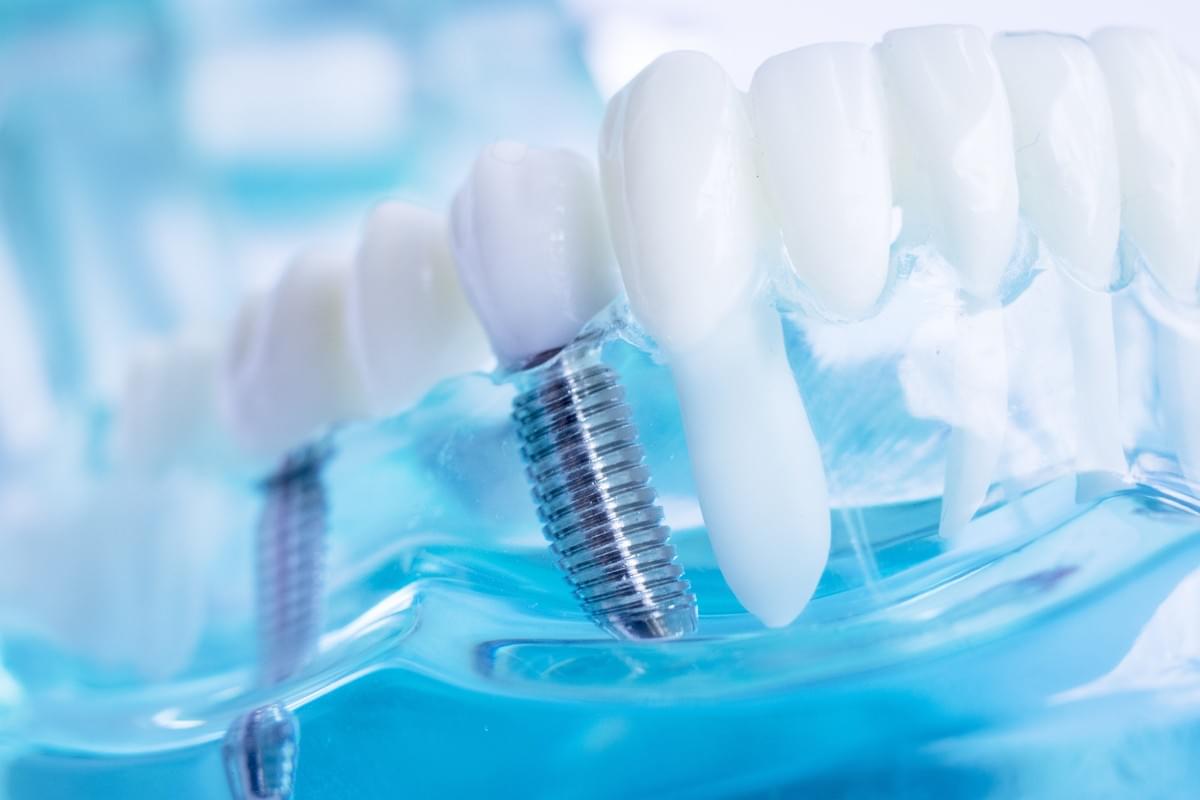
Orthodontics treatment centers on human growth and its subsequent alignment with the remaining natural structure of the body. The latest technological advances in dentistry allow for improved techniques and results to achieve desirable goals for patients. Orthodontics has three main areas of specialization: maxillofacial surgery, head and neck surgery, and dental surgery. Each subfield of orthodontics focuses on the identification, diagnosis and treatment of malocclusion, misalignment, excessivebite, mandible misalignment, skull deformation, and jaw abnormalities.
Orthodontics treatment centers on the identification, diagnosis, and management of malocclusion, excessive bite, mandible misalignment, craniofacial deformation, jaw abnormalities, and related facial problems. Orthodontists use various surgical, non-surgical, preventative, therapeutic, and reconstructive techniques to correct these conditions and improve the overall dental health of their patients. Orthodontics is primarily concerned with jaw disorders, but they also provide assistance to the general well being of the face and neck by providing treatments for such conditions as head and neck cancer, stroke, traumatic brain injury, neck pain, facial injuries, facial scars, poor self image, and bone deterioration. Orthodontics provides an array of services, which are designed to improve the overall appearance of the face and neck while correcting malocclusion and achieving optimum dental health.
Dentists often provide orthodontic services for children and adults, depending on the severity of the condition. In adults, orthodontics treatment may focus on straightening the teeth, reducing overbite, straightening crooked teeth, and repairing knocked out or damaged teeth. Many orthodontists offer minimally invasive orthodontic procedures such as Invisalign, which is a removable appliance that allows patients to straighten their teeth through the use of clear removable aligners. An orthodontist can also perform Invisalign braces for adults and children.
An orthodontist can provide simple orthodontics treatment that involves application of bands, which are like stretchy bands, to help align the teeth or apply retainers to retain the alignment of the teeth after orthodontic procedures have been performed. For more severe conditions such as malocclusion and severely decayed teeth, the orthodontist may recommend the use of metal braces. Metal braces are generally used for patients who cannot afford traditional braces or who do not desire to wear wires around the mouth. Patients may also choose between plastic and metallic braces based on their own personal preference.
Aligners and retainers are used in orthodontic treatments for patients who need assistance in maintaining their aligned teeth, as well as to correct alignment issues that may have occurred during childhood or during adolescence. In addition, an orthodontist may recommend braces if these methods of straightening do not achieve the desired results. Some patients may have underlying retinal problems that make it impossible for them to straighten their teeth without braces. In such cases, the orthodontist may recommend the use of metal braces, which allow the teeth to be straightened more easily.
In some cases, when the primary orthodontist fails to provide satisfactory orthodontic treatment, additional treatment may be necessary. This is especially true for patients who experience jaw abnormalities that require more intensive treatment than can be provided through more general orthodontic treatments. In such cases, the orthodontists' expertise may be required to help treat jaw abnormalities that affect more than one tooth. Some orthodontists may even refer their patient to a specialist for more invasive jaw surgery. However, in many cases, orthodontic patients are able to straighten their teeth on their own through the use of an orthodontic chair and/or appliances.
To get more info, check out this link: https://www.britannica.com/science/orthodontics